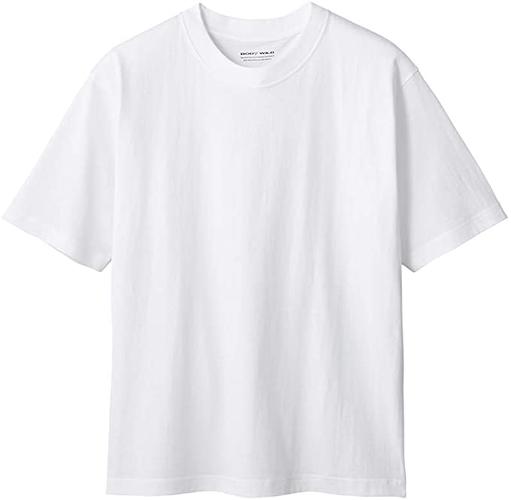Evaluating the sun protection properties of fabrics is an important step in protecting human skin from UV radiation. The following are commonly used methods to evaluate the sun protection performance of fabrics:
1. Ultraviolet transmittance test:
Ultraviolet transmittance test is an evaluation One of the most common methods of fabric sun protection. This test uses a UV transmission instrument to measure how much UV light penetrates the fabric. By measuring ultraviolet rays (UV-A and UV-B) of different wavelengths, the UV blocking effect of the fabric can be obtained.
2. Ultraviolet Protection Factor (UPF) Test:
Ultraviolet Protection Factor (UPF) test is another common way to evaluate fabrics Methods of sun protection properties. The UPF value indicates the fabric’s ability to protect the skin from ultraviolet UV-A and UV-B radiation. The higher the UPF value, the better the sun protection effect of the fabric. The UPF value is calculated by exposing the fabric to be tested to a standard fabric under the same conditions and comparing it to a UV source.
3. Friction test:
The color fastness of the fabric is closely related to the sun protection performance. Rub testing evaluates the color stability of fabrics when rubbed in wet or dry conditions. Commonly used friction test methods include dry rubbing and wet rubbing. By using standard instruments to rub fabric samples for a certain number of times, the changes in surface color are evaluated.
4. Humidity durability test:
Humidity durability test is one of the important methods to evaluate the sun protection performance of fabrics. This test simulates the use of the fabric in a humid environment to evaluate whether the UV protection performance of the fabric will be affected by the humid environment. Common humidity durability testing methods include UPF testing after washing and testing the impact of exposure time to humidity.
5. Sunscreen performance test under hot and humid conditions:
This test method simulates the use of fabrics under high temperature and high humidity conditions conditions to evaluate the stability of the sunscreen effect. During the test, the fabric samples were exposed to high temperature and high humidity environments, and the changes in their sun protection properties at different times were measured.
6. Full-spectrum transmittance test:
Full-spectrum transmittance test is an emerging method for evaluating the sun protection performance of fabrics. This testing method can measure the transmittance of fabrics in the entire spectral range, reveal the penetration of ultraviolet rays of different wavelengths into the fabric, and more comprehensively evaluate the sun protection effect of the fabric.
To sum up, the commonly used methods to evaluate the sun protection performance of fabrics include ultraviolet transmittance test, ultraviolet protection factor (UPF) test, friction test, humidity Durability testing, sun protection performance testing in hot and humid conditions and full spectrum transmittance testing. These methods can comprehensively evaluate the sun protection performance of fabrics from different perspectives, thereby ensuring the quality and protective effect of the fabric.






